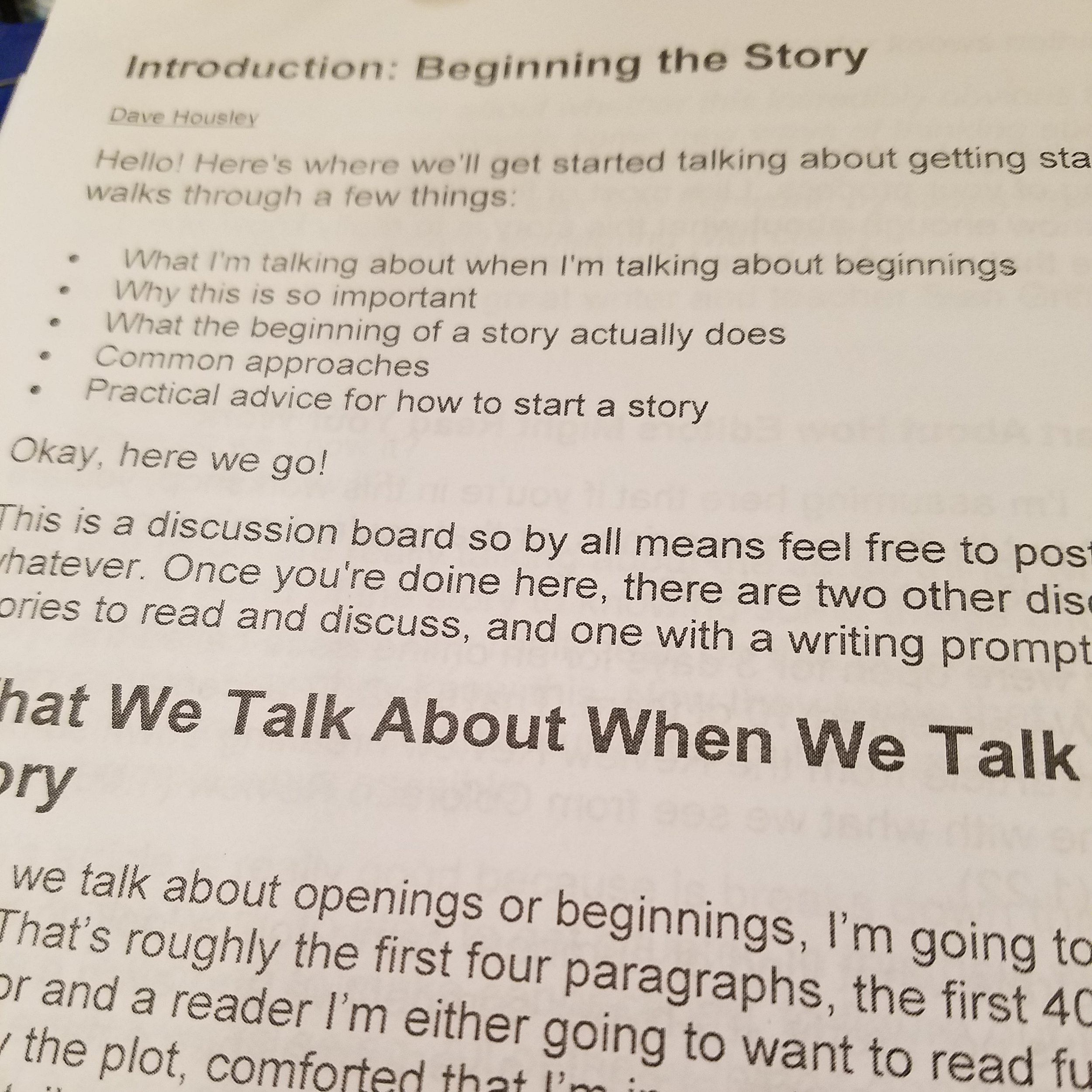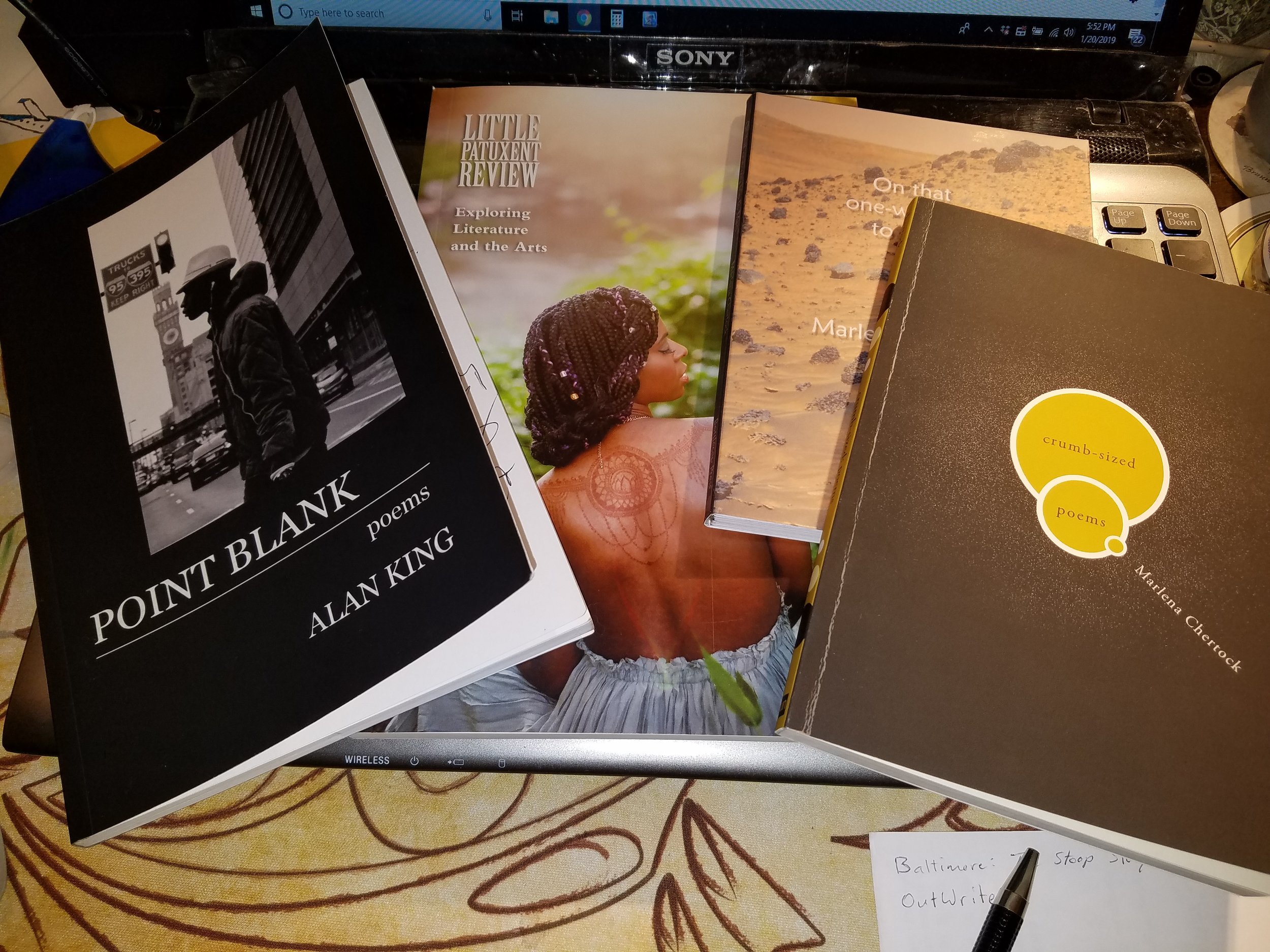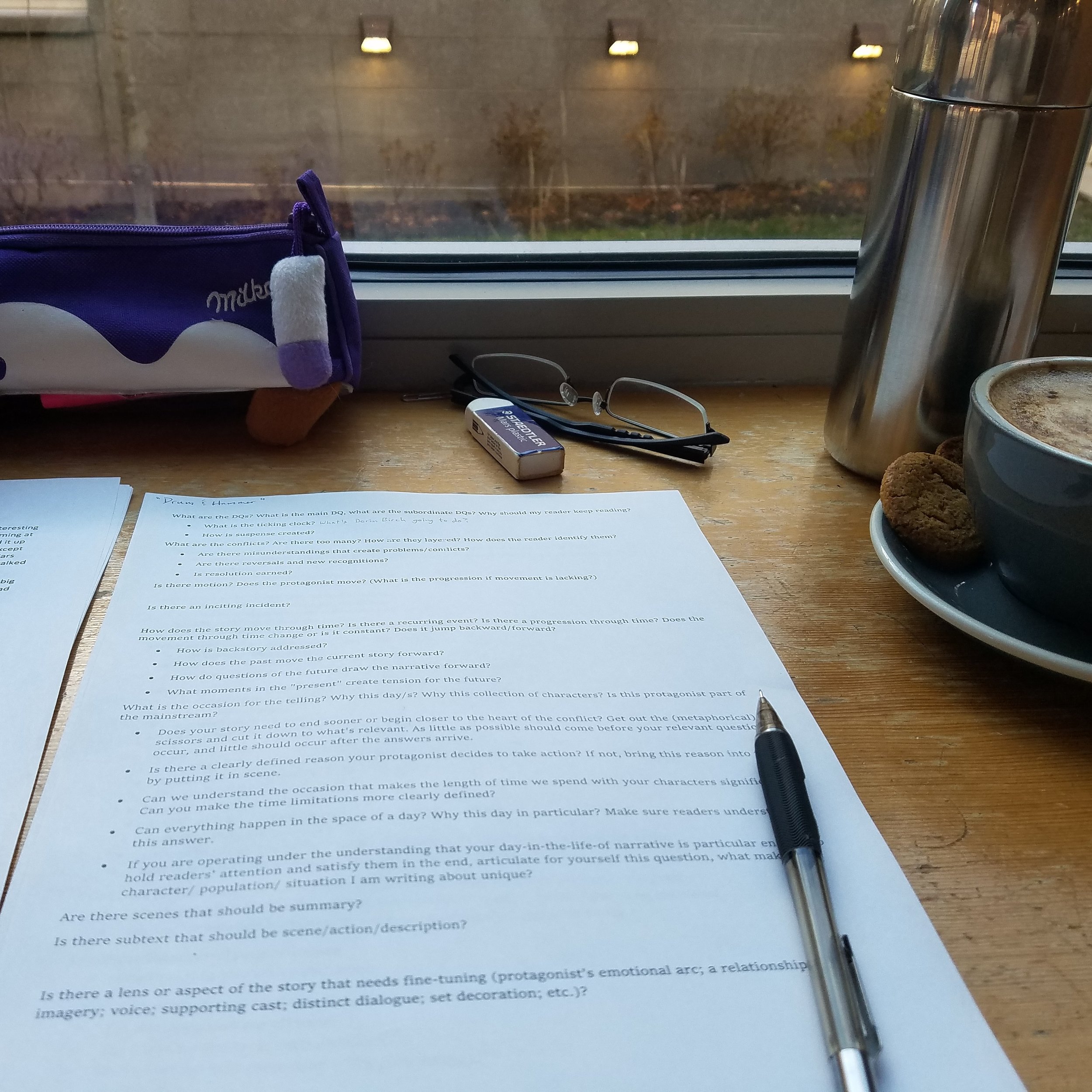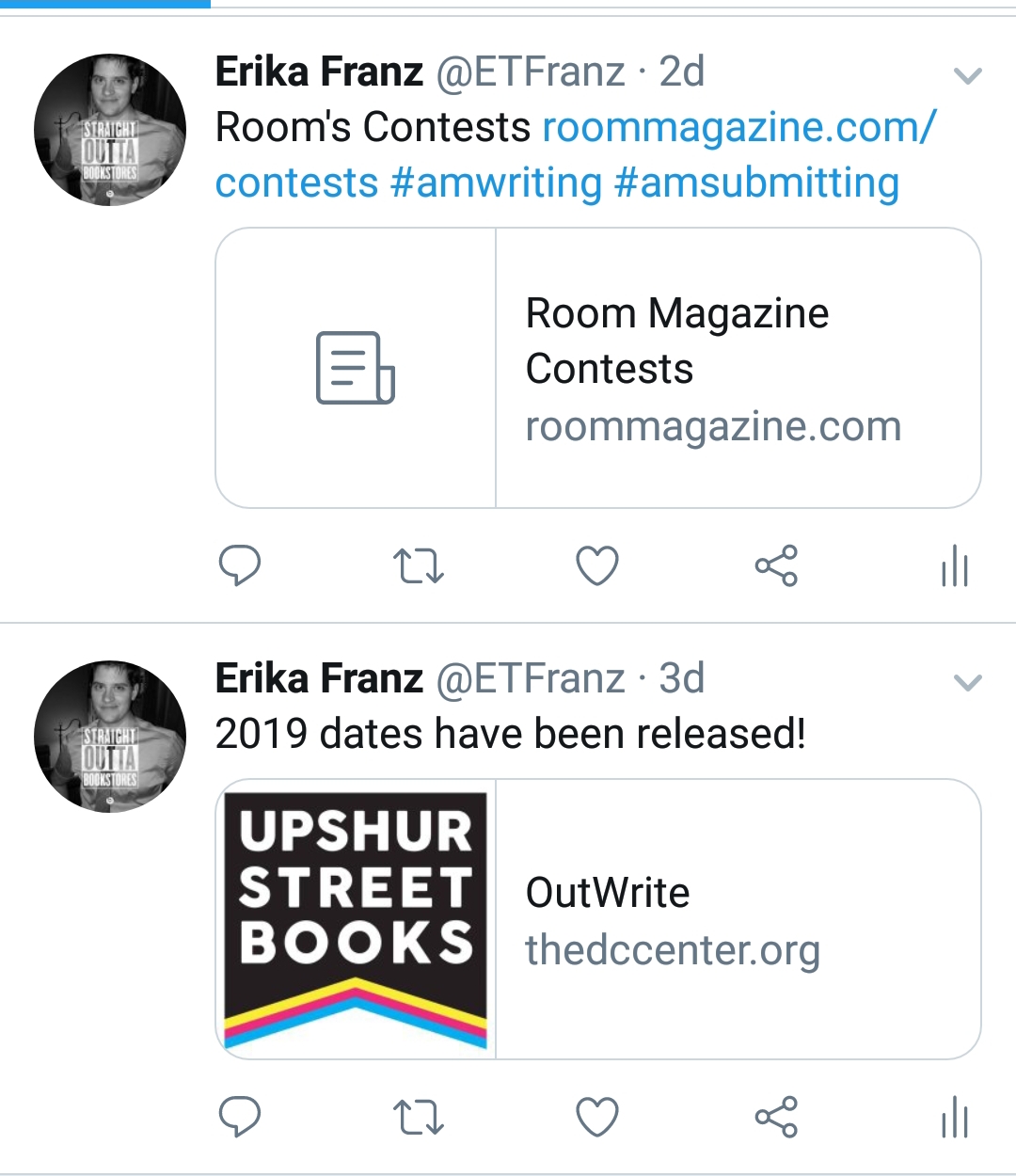Fig. 1: The Common's Weekly Writes, Volume 2; Fig. 2: Barrelhouse’s Short Fiction Boot Camp; Fig. 3: Scheduling workshops within your writer community
I have a Masters in History and I’ll be honest, I am totally reliant on future legislation to alleviate the weight of this on my back. Needless to say, an MFA, no matter how much I would love to get one, just isn’t in the cards.
I am stuck trying to figure out how to get better at what I most want to do. Because, guys, I need to get better. So. Let’s talk options.*
Literary Mags
I have found that as I explore more literary magazines, many of them have instructional opportunities. Tin House, soon to be an exclusively online literary magazine as they focus more on education (ding, ding, ding) and their book publishing efforts, offers workshops throughout the year as well as retreats. One Story also hosts a week-long intensive onsite each summer, web-based workshops throughout the year, and a yearly fellowship which gets you access to all of their educational resources plus direct assistance with your works in progress.
Carve as a magazine, is a writers magazine. There are so many resources for writers in a single issue. Each published author is also interviewed extensively about the craft and their decisions in their art. One of my favorite pieces in each issue is the section where they look at an author whose work they rejected and talk to them about what they did to later get the same piece published elsewhere. As a subscriber, I also heard back much faster from them than others, and the editorial note they added was both encouraging and clarified something that wasn’t landing as I’d hoped it was for folks who didn’t hear me tell them what I was trying to do in the first place. Damn helpful.
Barrelhouse hosts instructional programming every year (plus a couple of conferences—more on that below). I have just started their Short Fiction Boot Camp, with each editor taking on a different subject matter. This first week we’re talking about beginnings, appropriately enough, and already some of the reading and the discussions has suggested pointers that have given me ideas and confidence in restructuring existing stories. They also host writer camps.
The Common began hosting a ten-week story generating project last year that is entirely asynchronous, but includes: prompts, assigned reading from the magazine, and interviews with an editor which usually includes additional reading selections from the lit mag, and a grounding in their emphasis on setting. There is no feedback as with the Barrelhouse Boot Camp, but it is constructive reading, and upon completion, you can submit for free for up to 3 months afterwards. (One note: I found the prompts to be more anecdotally driven, then I would like, resulting in more autobiographical work, but I also want to spend more time to develop my work within their structure. I also feel like there is a non-fiction bias because of this.)
Other literary magazines, like A Public Space, also host fellowships for education and more personalized attention, plus Master Classes with authors.
Short Courses
GrubStreet hosts both onsite programming in Boston (including a robust youth writing program) as well as online short courses. The platform, Wet Ink, they use is a nice flexible platform and the faculty often utilize video lectures in addition to discussion boards. Plus, each story you post in the portal for assignments has an in-line feature, as well as a comment section (you can adjust settings to allow you to read in-line comments or hide them, too). I have taken a class with them and anticipate doing so again.
The others, below, include the options that I looked into for this year, but have not tried at this point.
Writer’s Digest University offers web-based short courses, craft articles, the Writer’s Digest craft magazine, and even one-off webinars, covering all areas of writing, from copywriting to novel-crafting.
The Writer’s Center provides a similar service as Boston’s Grub Street, but is located in Bethesda, MD just outside of DC.
Catapult also hosts a large number of short courses in addition to its online publication of fiction, nonfiction, and craft essays.
In addition to these larger short course options, I have tapped into the local literary community in the Baltimore/D.C. area. Local organizations like CityLit (Baltimore) and The DC Center’s (an LGBTQ+ community arts organization) OutWrite host evening or one-off workshops, and literary festivals for readers and writers, including educational craft or business opportunities.
Writing Conferences
There are about a million of these, but the SLICE Literary Conference is the one I found that I made happen first and I am extremely loyal because I have started to recognize regular participants and because I appreciate how well-rounded it is. There are two things I have gained: Firstly, I have built up my writerly community by making connections with participants and these relationships have become important in improving my craft because we share things: our work, places to publish, new places/authors to read, craft-related resources, etc. But, secondly, I have gotten really important insights into the publishing world—things that both fill me with hope and also with a certain amount of trepidation; I have gotten solid advice on how to be a writer in the literary community and how to be generous in that role (even if I am still “emerging”); I have been exposed to more writers and their work; I have been able to engage with the questions that matter most to me as a writer; I have been given solid advice on craft and how to keep improving it.
Here in Baltimore we have the CityLit Project. While they are not currently hosting regular workshops, they host a number of annual events or participate in the larger literary community. For example, they have a stage at the Baltimore Book Festival for panels, they host a free annual festival, and they sponsor other literary events, like readings, in the city. Last year I attended a master writing class for something absurd, like $10, with Yrsa Daily Ward and it was fantastic—this year it’s $10 for sure.
Baltimore Writers Conference is hosted at local Towson University. They have a number of panels like CityLit’s, featuring authors, editors, and arts funding/community organizations. I have enjoyed the opportunity to connect with local publishers, authors, and leaders of local arts organizations in a more intimate environment than a larger lit con like Slice’s—which is still pretty intimate as these things go.
Barrelhouse Magazine hosts two regional writers conferences, one in NoVA and one in Pittsburgh. In addition to hosting authors, they also host a large number of lit mags for speed pitches. It has been on my radar and I haven’t had the chance to attend, yet, but I have heard some solid reviews about the culture at these and hope to attend one of them this year (the NoVA one conflicts with the CityLit conference, so… decisions).
Your Writing Community
Through these other avenues, I have met other authors and writers who I have pulled into my literary community both locally and beyond my immediate region. These fine people have different strengths and weaknesses that we can exploit for each other’s gain. I am most active with those who have joined my Facebook group just because it is an easy virtual place to check in and connect.
Here are some of the things we have done together:
Shared best practices
Shared in learning ops
Workshopping
Writing meetups
DIY writer retreats at out-of-the-way Air B&Bs (more distraction-free rather than isolated)
What are Your Craft-Building Strategies?
Any courses or orgs you’d recommend? Any conferences that you are loyal to? What have I missed or what do you have locally that you’d like to shout out?
*In this post, I am doing limited coverage of places that I have found specifically for instructions, not craft books or MFA programs.














